English Language Arts Lesson | 10 Towns that Changed America Curriculum
English Language Arts Lesson
Create a magazine about a new town
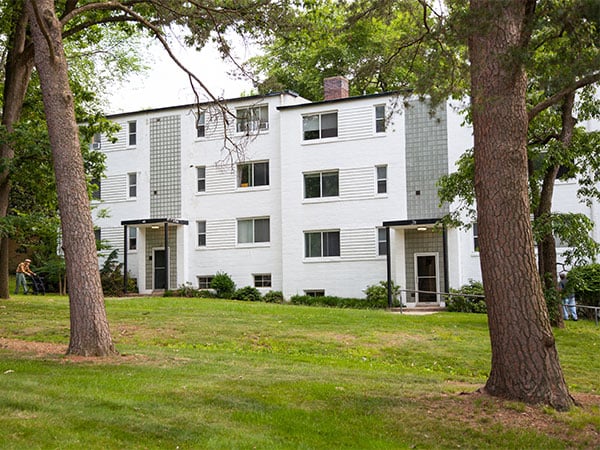
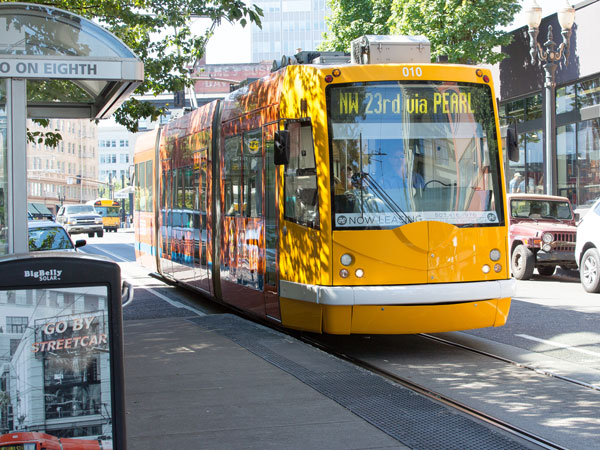
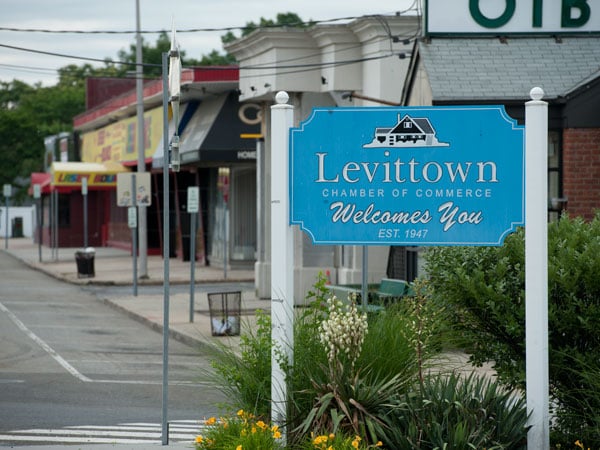
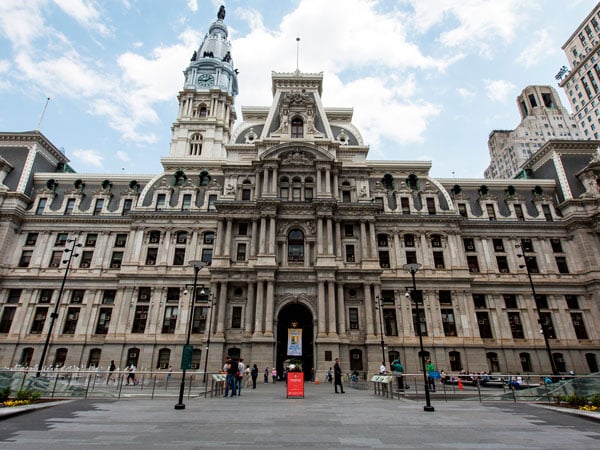
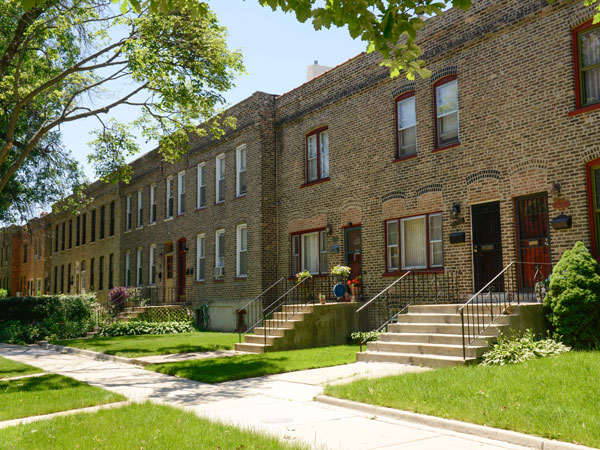
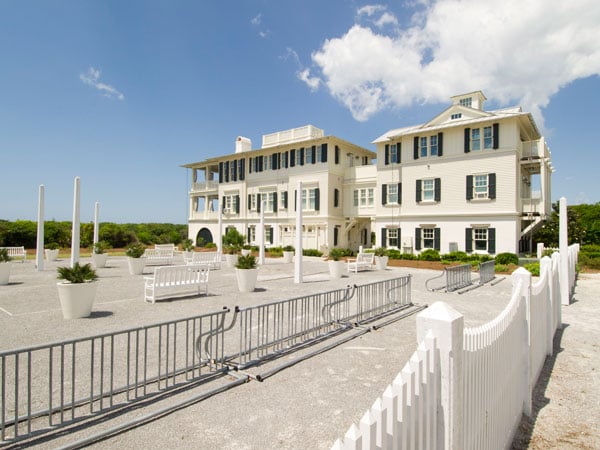
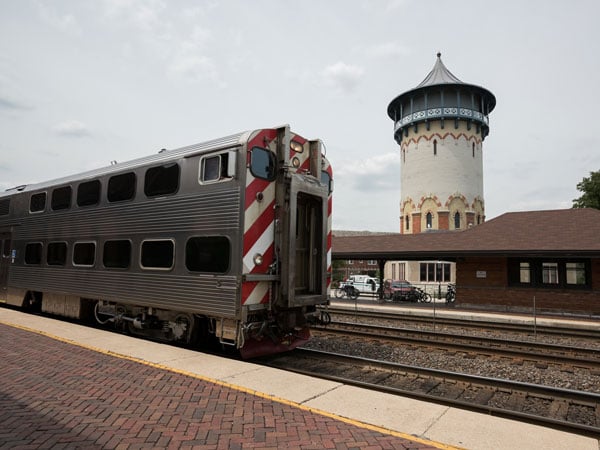
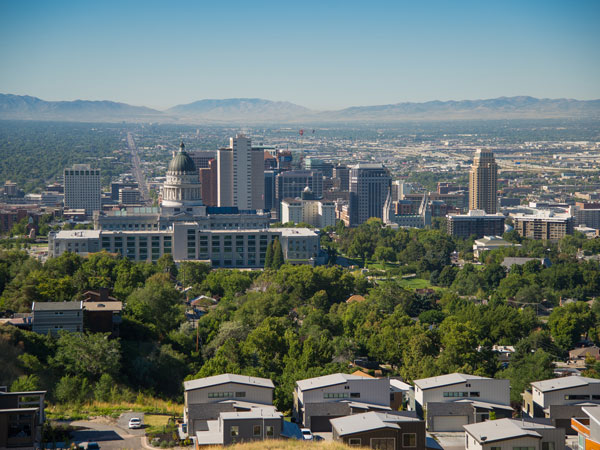

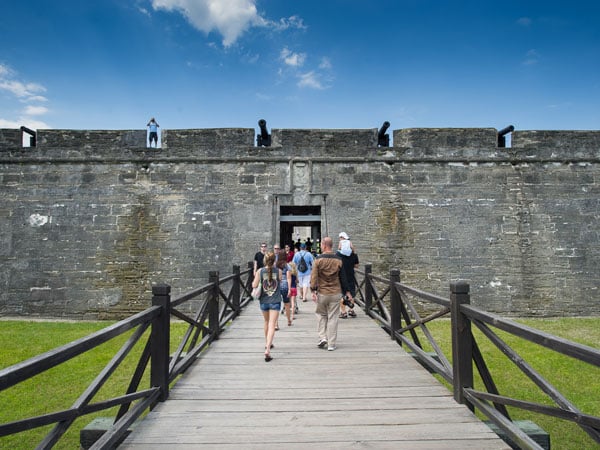
Overview
In this lesson, students will create a magazine about the opening of one of the towns featured in the program 10 Towns that Changed America.
Grades: 6 – 12
Time: 3 - 4 periods
Standards
This lesson addresses selected standards from the Common Core ELA Standards.
- Reading informational texts: Determine a central idea of a text and how it is conveyed through particular details; provide a summary of the text distinct from personal opinions or judgments.
- Integration of knowledge and ideas: Integrate information presented in different media or formats (e.g., visually, quantitatively) as well as in words to develop a coherent understanding of a topic or issue.
- Writing: Write informative/explanatory texts to examine a topic and convey ideas, concepts, and information through the selection, organization, and analysis of relevant content.
Preparation
To prepare to teach this lesson, teachers should:
- Watch any or all segments from the PBS special 10 Towns that Changed America, on DVD or online.
- Review the lesson plan.
- Download and print copies of the planning worksheets: Architects, Founders, Mock Interviews, Philosophy, Special Features, and Town Origins.
Lesson
Materials:
- Printouts of reading selections from “Additional Resources” below. All of the books are available on Google Books. Please note, however, that some of the books do have some pages omitted.
- Copies of planning worksheets
- Computers with Internet connection (if using any of the suggested websites or for conducting further research)
- Pencils
Period 1
- Watch any or all segments from the PBS special 10 Towns that Changed America. If you are watching the entire program or more than one segment, proceed to step 2. If you have pre-selected one particular segment, discuss it with the class. Why was this town founded? Who started it? Why? How was this town organized? What were some of the principles of the organization of this town? Do you think this town has been a successful model? Why or why not? Proceed to step 3.
- If you are watching the entire program or multiple segments, ask the students which town stuck out for them? Which did they like? Which didn’t they like? Where might they like to live? With the class, choose (either by voting, or a random method like drawing a name out of a hat) one town upon which you will focus.
- Tell the class that they are going to imagine that it is the time period when construction of the town was first completed, and that they are going to create a magazine that celebrates its opening.
- Distribute selected readings about the town you are focusing on.
- Break the class up into six groups. The groups are: Origins, Founders, Planners and Architects, Philosophy, Special Features, and Mock Interviews. Each group will be responsible for a different section of the magazine. Each student will have a chance to participate and to write.
- In their groups, students work through the planning worksheets. They will use their information from the book, the websites suggested, as well as any additional research the students may wish to conduct, in order to help formulate their thinking and answer the questions on the worksheets.
- Afterwards, the groups come back together to share their work with the entire class.
Period 2
- Students continue to share their worksheets, in case they didn’t finish during the previous period. Suggest appropriate additions, deletions, or tweaks, depending upon what students have decided.
- Students return to their groups. Students write their articles in groups for the magazine, incorporating facts from the research they have conducted. If students need another period to write their articles, you may add another period and consider “Period 3” (below) as Period 4.
Period 3
- Students compile their magazine as a class. They may share and distribute it, if they like.
Additional Resources
Books (Listed in chronological order by town.)
- Steve Rajtar and Kelly Goodman. A Guide to Historic St. Augustine, Florida
- Russell Frank Weigley. Philadelphia: A 300 Year History
- Ernest Victor Fohlin. Salt Lake City Past and Present
- Cynthia Girling and Kevin I. Helphand. Yard, Street, Park: The Design of Urban Open Space, p. 47-54
- Frank Harry Berberdick, Chicago’s Historic Pullman District
- Cathy D. Knepper. Greenbelt, Maryland: A Living Legacy of the New Deal
- R. Stephen Sennott. Encyclopedia of American 20th Century Architecture, p. 762-764
- Paul K. Williams. Southwest Washington, p. 111-126
- Dolores Hayden. Building Suburbia: Green Fields and Urban Growth, 1820 – 2000
- Christopher S. Dorsek. Portland’s Pearl District
Online Sources
- St. Augustine, FL
http://www.staugustinegovernment.com
Click on “Visitors,” then click on “Nation’s Oldest City.” - Philadelphia, PA
http://www.ushistory.org/philadelphia/
Click on “Philadelphia History” - Salt Lake City, UT
http://historytogo.utah.gov/places/saltlakecity.html - Riverside, IL
http://www.riversidemuseum.net/history-of-riverside.html
Click on “History of Riverside” for an interactive time-line - Pullman, Chicago, IL
http://www.pullmanil.org/default.htm
Click on “History” - Greenbelt, MD
http://greenbeltmuseum.org/history/
Click on “history” or “oral history” - Levittown, NY
http://ushistoryscene.com/article/levittown/ - Southwest Washington, DC
https://whosedowntown.wordpress.com/urban-renewal-the-story-of- southwest-d-c/ - Seaside, FL
http://www.seasidefl.com
Click on the stamp with an image of children on a horse (“history of Seaside”) - Pearl District, Portland, OR
http://explorethepearl.com/about-the-pearl/history-of-the-pearl-district/
For Further Study
This English Language Arts lesson can be extended to other subjects or paired with other 10 Towns that Changed America lessons to create the following interdisciplinary connections:
- Art: Students may illustrate (with drawings or photographs) the magazines they have created.
- Mathematics: Write and answer various word problems, using statistics from the town like the population, square footage, etc.
- Science: What are the health outcomes of the population of the town? Has the town’s design impacted its residents’ health? Use the internet to find answers. Students share their knowledge in a brochure they create.
- Social Studies: Did the town’s design cause any problems? Provide any solutions? Lead to unforeseen issues? (E.g., crime, segregation, inequality, etc.) What are the limitations of the town’s design? Have a class discussion or write an essay about the efficacy of the town’s design.

